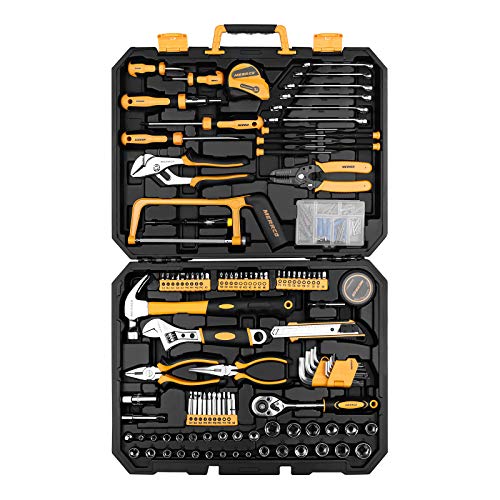dbbldz
Member
Looking to put some flooring down in my mini-camper (currently gutted). It's a newer model 2015 Ram Promaster City so there's no rust in sight however the paint on the floor has been scratched quite a bit by the previous owner. Is it necessary for me to prep this floor prior to laying down some plywood subfloor? I'd like to keep things simple. Not really looking to insulate (might be the wrong section for this) or deaden the floor just lay some plywood followed by either cork or laminate flooring.
Would love some suggestions on:
if necessary, what's the best way to prep the floor to prevent rust?
what thickness and kind of plywood to utilize for subfloor?
pros/cons to cork and/or laminate flooring?
suggestions on trusted flooring brands to use?
other considerations?
There are 6 d-bolts that are stock in my van. I was considering using the existing bolt holes to secure the plywood and possibly cut out some sections of the main floor to expose/utilize the d-bolts for potentially hauling things in the future. Is this overkill or is there any reason why I shouldn't do this?
Thanks in advance! I know it's a can of worms so please feel free to answer any or all of my questions
Photo of my van's floor. Should I treat it somehow or not?

Would love some suggestions on:
if necessary, what's the best way to prep the floor to prevent rust?
what thickness and kind of plywood to utilize for subfloor?
pros/cons to cork and/or laminate flooring?
suggestions on trusted flooring brands to use?
other considerations?
There are 6 d-bolts that are stock in my van. I was considering using the existing bolt holes to secure the plywood and possibly cut out some sections of the main floor to expose/utilize the d-bolts for potentially hauling things in the future. Is this overkill or is there any reason why I shouldn't do this?
Thanks in advance! I know it's a can of worms so please feel free to answer any or all of my questions
Photo of my van's floor. Should I treat it somehow or not?











































































